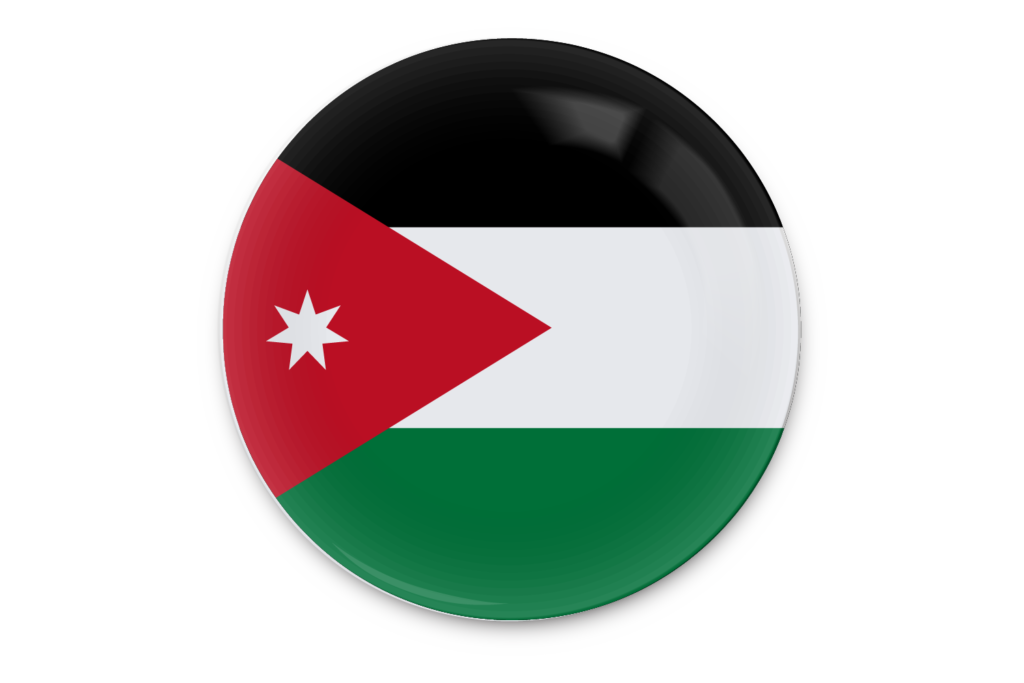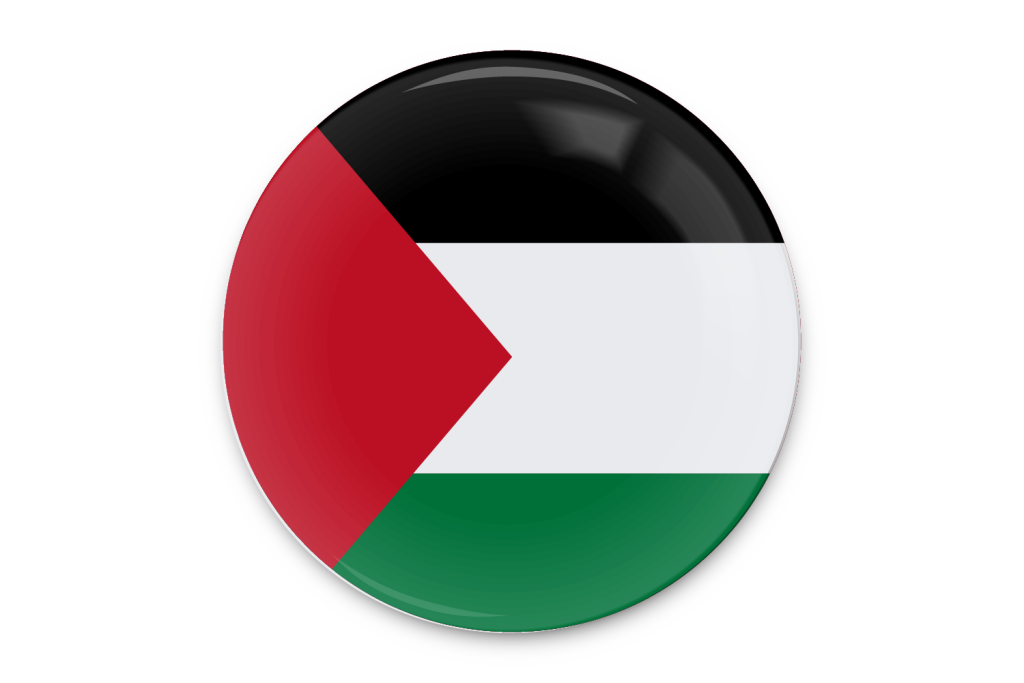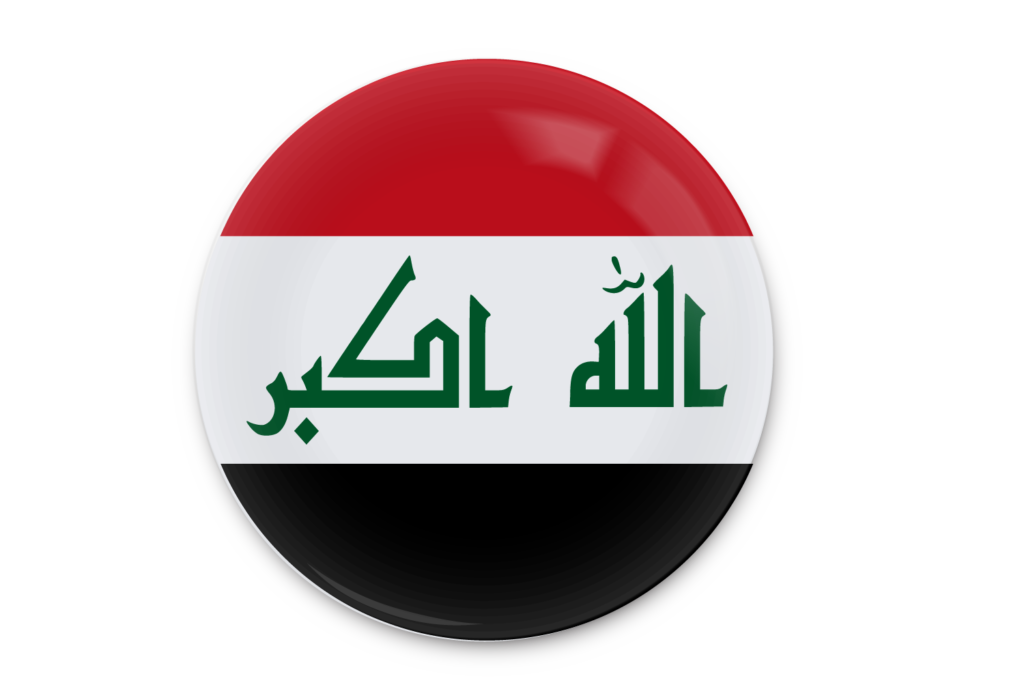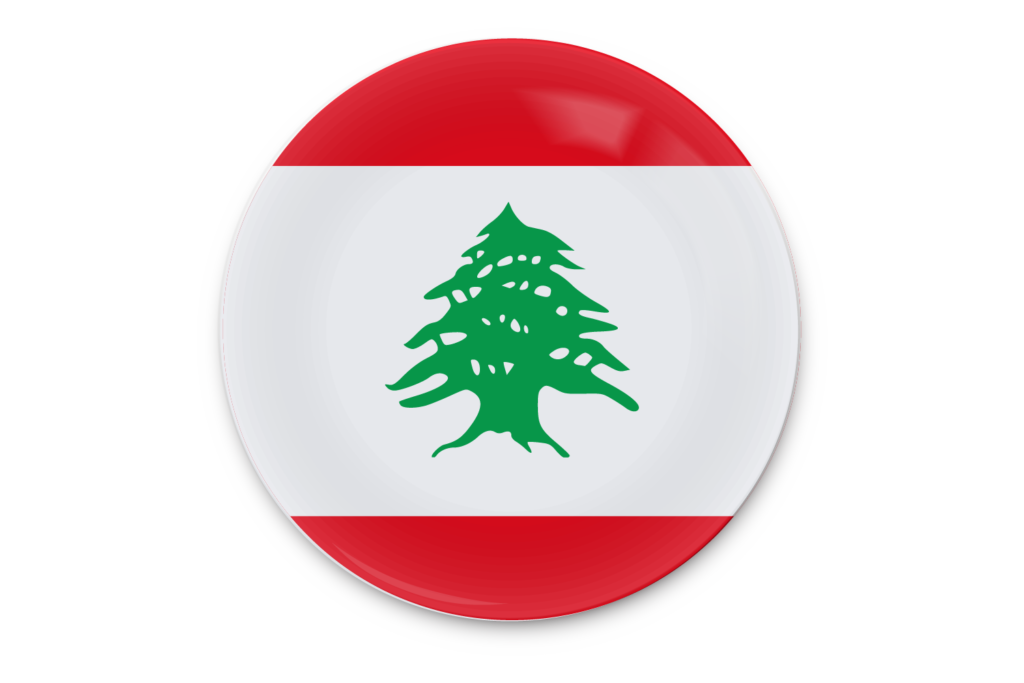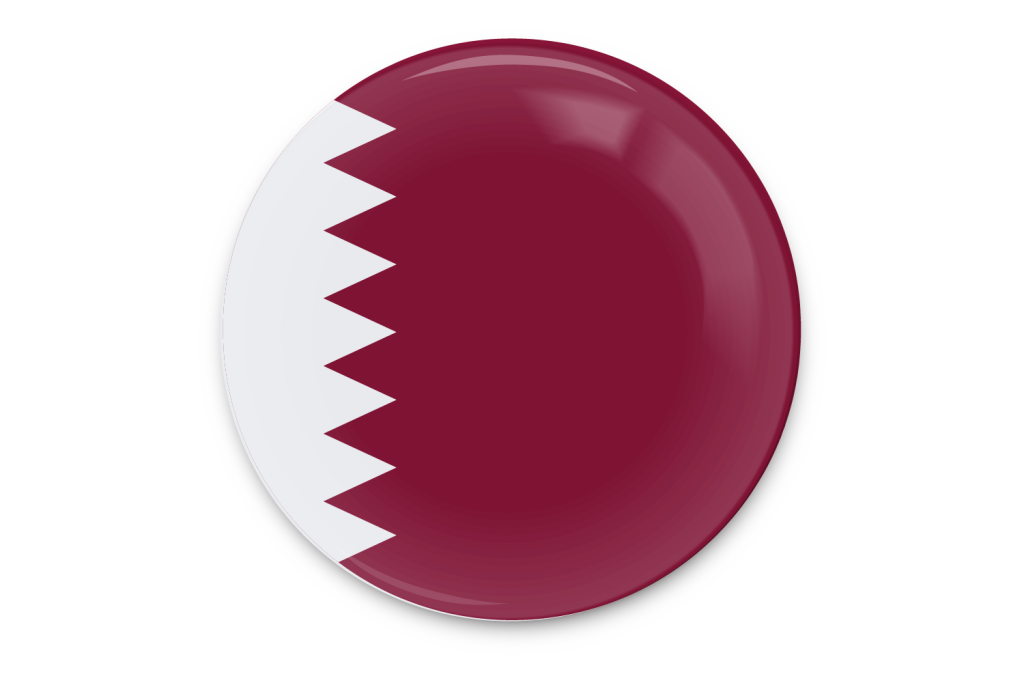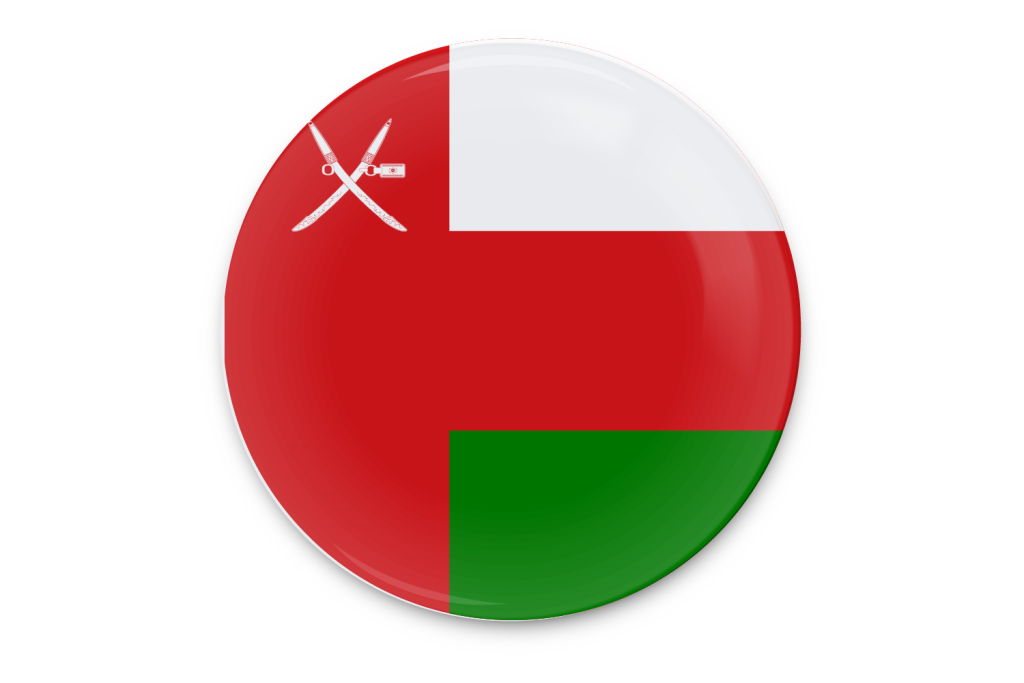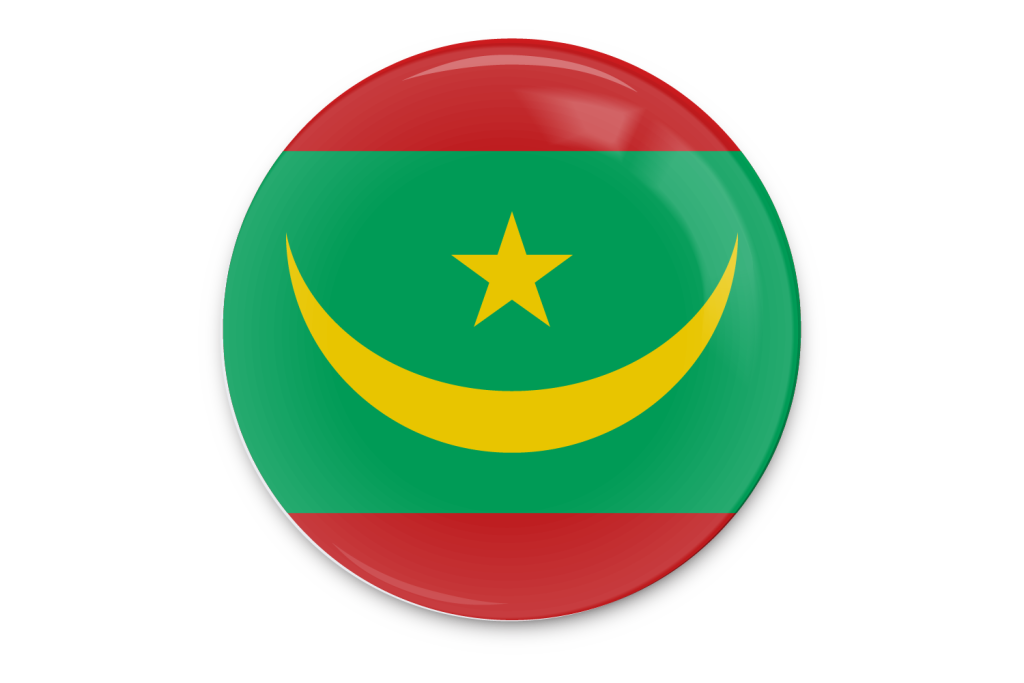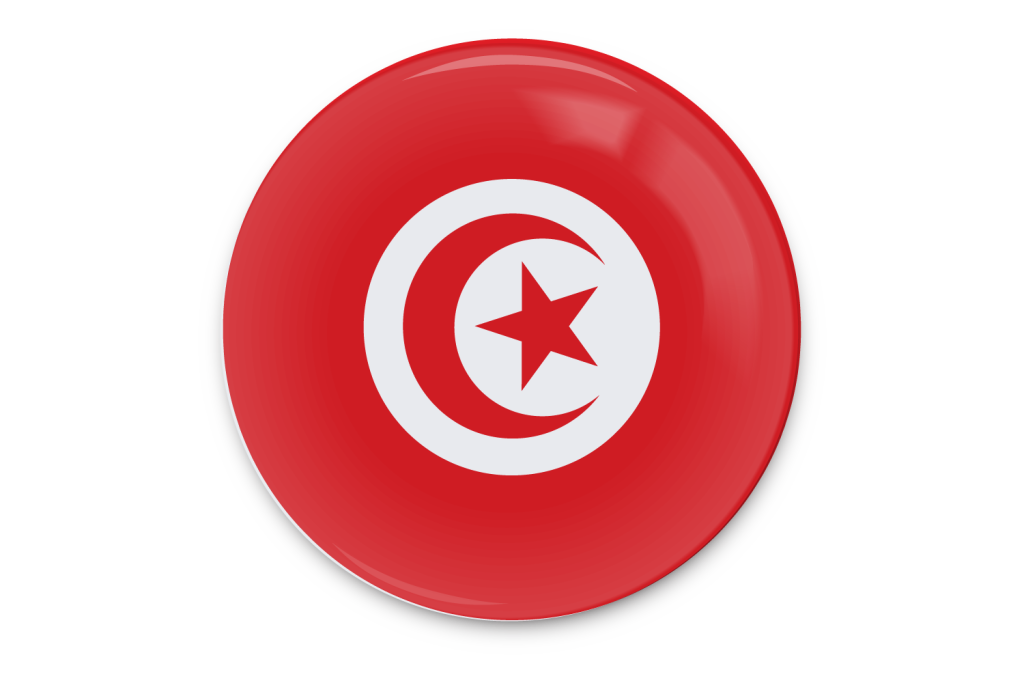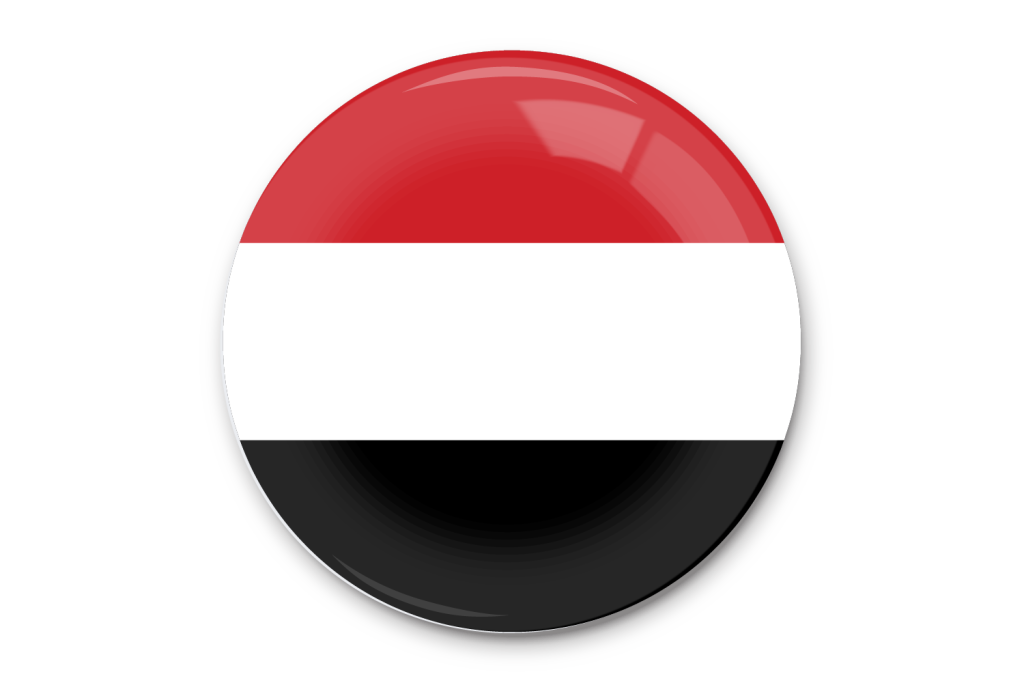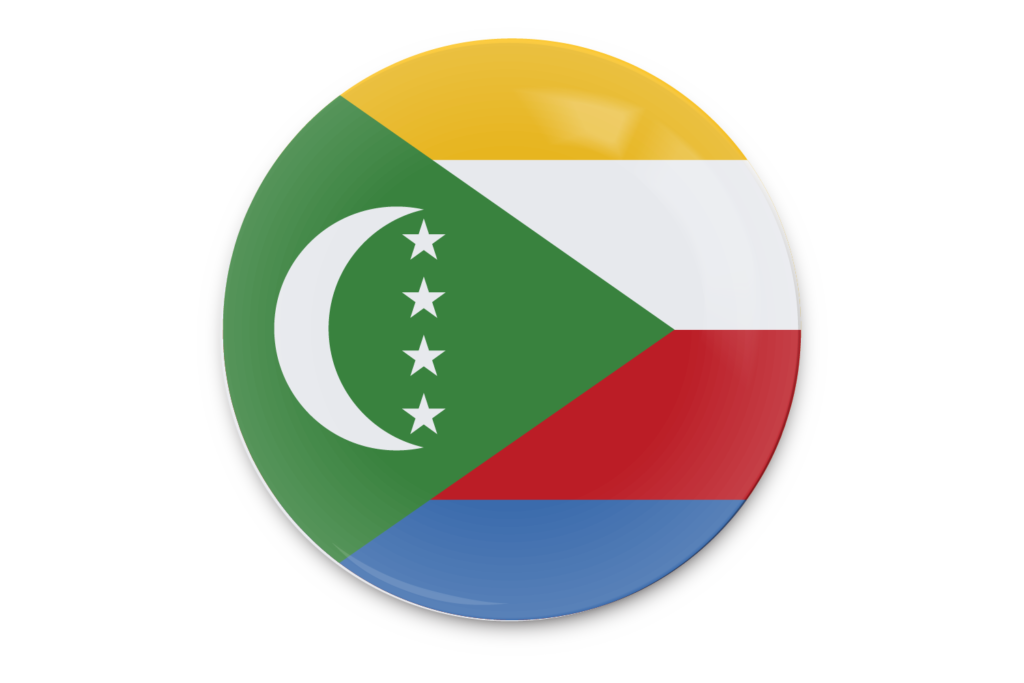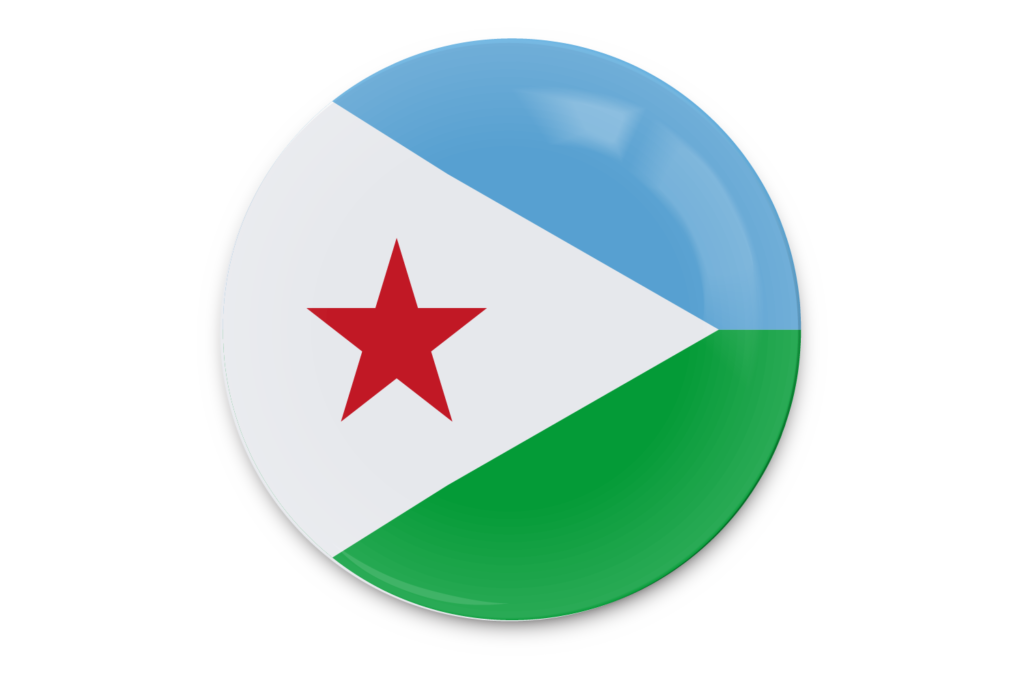Culture of Libya
Libya is situated in the center of the coast of North Africa on the Mediterranean, bordered to the east of Egypt, on the south by Sudan, Chad and Niger, on the west by Algeria and Tunisia. The geography of Libya extends between longitudes 9 ° and 25 ° east, and latitudes 25 18 ° and 33 ° north Based on its geographical location Libya is an important bridge linking Africa and Europe, and has its featured on the southern coast of the Mediterranean to be affected since ancient times and directly influenced by historical events which have defined the Mediterranean region. Libya’s ports are suitable for the reception of vessels throughout the year, such as the ports of Benghazi and Tripoli. The proximity of Libya from the major tourism markets of Western Europe and its links to neighbouring countries by a network of paved roads makes access easy, whether by sea, land or air and place it as a prime tourist destination.
Space
Libya is characterized as broad as the spatial area within the limits of 1,774,440 square kilometers, and thus comes as the fourth in terms of size for the African countries.
Languages
The main language spoken in Libya is Arabic (the Libyan dialect) and Modern Standard Arabic is also the official language; the Berber languages are also spoken. Italian and English are sometimes spoken in the big cities, although Italian speakers are mainly among the older generation.
Population
Libya has a population of about 6,097,556 according to the census of 2005.
Ethnic groups
The original inhabitants of Libya belonged predominantly to various Berber ethnic groups; however, the long series of foreign invasions – particularly by Arabs and Turks – have had a profound and lasting influence on Libya’s demographics. Today, Libyans are primarily Arab or a mixture of Arab and Berber ethnicity, or a mixture of Arab and Turkish ethnicity.
Religion
The predominant religion in Libya is Islam. The vast majority of Libyan Muslims adhere to Sunni Islam, which provides both a spiritual guide for individuals and a keystone for government policy.
https://libyanheritagehouse.org/arts-culture/libyan-clothing
Libyan Clothing
In modern day Libya, people dress in diverse ways. Most residents in urban areas of Libya wear Western clothing, with boys wearing trousers or jeans and shirts and girls wearing jeans or trousers and long sleeved tops. Some Libyans prefer to wear more traditional clothes, especially on important occasions.
Traditional Libyan Menswear
Some of Libya's older generation prefer to wear traditional costumes on special occasions, for example, to Friday prayers or marriage ceremonies.
Men’s traditional outfits vary slightly from area to area, but are fundamentally similar across the entire Libyan region. The traditional Libyan men’s outfit includes a long tunic (‘jalabiya’), long trousers (‘sirwal’) and a vest (‘sadriya’) often embroidered with black silk and fastened at the front with buttons.
Shashiya
Libyan men wear a black or red shashiyah used as a headdress. Men in Tripolitania have a preference for the black shashiyah, while the men in Cyrenaica wear both red or black. Occasionally, a white, cloth cap is worn underneath the shashiya, especially when indoors. A large cloak called a ‘jarid’ is used to wrap around the body in a style reminiscent of a Roman. However, in Libya, the jarid is put on the right shoulder and the remainder is brought around up and over the head. Footwear usually includes leather riding boots, leather sandals or slippers2.
Farmla
The ‘farmla’ is a sleeveless top, the front of which is adorned with decorative thread and is the most common traditional costume worn by men in Libya on special occasions and formal events. It is worn with a loose knee-length shirt and loose trousers; a stitched jacket (‘zaboun’) and the aforementioned jalabiya tunic. There are different perspectives on the origin of the farmila. Some believe that the top was passed on to Libyans by the Ottomans during their rule of Libya, while others believe that it predates the Ottomans and developed in the Berber communities.
There is also a form of farmla worn by Libyan women, which is similar to the men’s farmla, but is embroidered with golden and silver threads and is embellished with gold buttons: it is also worn on special occasions.
The traditional farmla requires the color of the cord and the material of the garment to be similar, but modern designers have introduced new styles using bright colours, and combining white and gold cords with dark-colored fabric, which is not seen in older designs. There are five main patterns used for decorating the men’s farmla and the stitching is dependent on the occasion. The Dafirah, Al-Koustik, Lalaja and Sanadiq stitching patterns are amongst the most popular.
Traditional Libyan Womenswear
Traditional womenswear includes a blouse with loose sleeves, embroidered with beads and silver/gold yarn along with loose silk trousers gathered at the ankle. Traditionally, Libyan women have also worn brightly colored cloth made into dresses like togas. Silver brooches are used to hold these dresses together. Given the climate, rural women have traditionally used heavy woven rug-like costumes as outerwear. The head is covered with a colorful cloth embellished with colorful pom-poms.
Traditional Bridal Wear
The traditional bridal dress for Libyan women is called a ‘hasira’. The hasira is made out of white silk, and beautifully embroidered and embellished with silver and gold thread. The bride also wears a veil of the same silk decorated with gold adornments. Gold jewellery is worn, with heavy neck pieces often reaching the knees and extending around the waist. Wide, highly polished, or heavily decorated 24 carat gold cuffs adorn the wrists.
The Pinkish Day (Alboudri)
On Alboudri, the bride dresses in a traditional pink, striped, dress, folded up into cushion-like pads or bows at the back and hips (Al-houly Al Boudry or ‘the pink dress’), and wears a matching scarf on her head. Along with this dress women usually wear a large amount of typical Libyan jewellery on their hands, ankles and a Libyan belt and carry a traditional hand fan. On this day, the bride receives gifts of clothes, jewellery and makeup from the groom’s family. It is a tradition that the groom's family gives food including cheese, bread, eggs and some drinks along with the clothes and jewellery. All gifts received from the groom’s family are shown to the guests and are also displayed to the women attending ‘Al-henna day.
Traditional Outfit of Al Boudri Day, The Pinkish Day.
AL-HENNA DAY
After Alboudri Day, comes Al-Henna day, where the bride is decorated with henna. Women from the community will also be invited to have henna designs applied. Sometimes Alboudri and Al-Henna are celebrated on the same day but this differs depending on the region. Al-Henna celebrations are slightly different in each region. For example in Tripoli, henna is applied on fingers only, while in Misrata, henna is applied on both hands and sometimes even feet.
Henna on hands of bride
On Al-Henna Day, henna is placed on a tray and the bride is decorated either by family members or, in some cases, the families will invite skilled professionals to assist. String is used to cover the parts of the body which need to remain henna free. In olden times, the string would be fashioned into different shapes and laid across the appropriate part of the body to obtain patterns on hands and feet. The henna is applied in a paste and then wrapped in cloth to keep it warm and to speed up the development time. The process can take from a few hours to all night. The longer it is left in place, the deeper the red tint produced on the skin.
Jewellery
There are several traditional jewellery items identified with Libya, usually worn on special occasions. The necklaces are often heavy and can be as long as knee length, and the bracelets can be 4–6 inches wide. The large silver brooches once used by women to attach their robes are now made from gold and are usually decorated with a “khamaiseh”, a hand shaped symbol, or other charms that are believed to ward off the evil eye.
Expatriate Dress Code
Dress code in Libya changes from area to area. In cities, men normally wear t-shirts and shorts while women wear three quarter length pants and skirts, t-shirts and long sleeves. There is no legal compulsion to use a head scarf, although expat women may do so as a nod to local custom. Libya has designated expat beaches where bathing costumes are worn. Outside of the larger cities, where expats are not seen frequently, the dress code is usually modest wear. Long sleeves and full length skirts along with a light shawl are recommended for women visiting these areas.
























